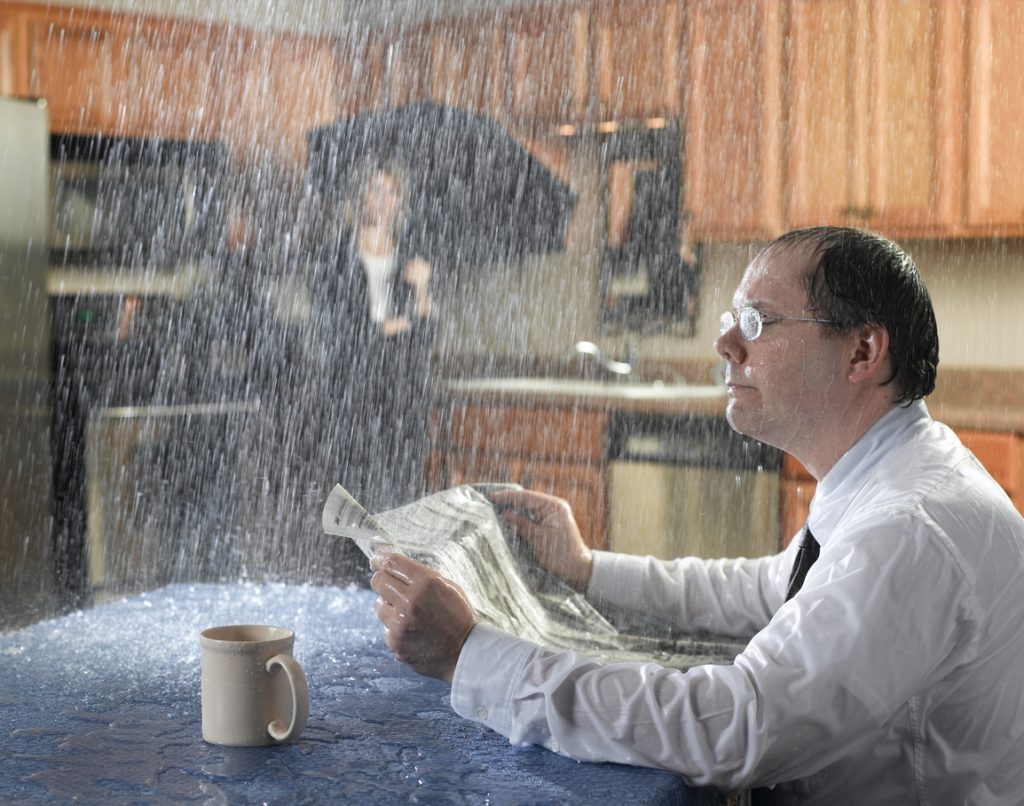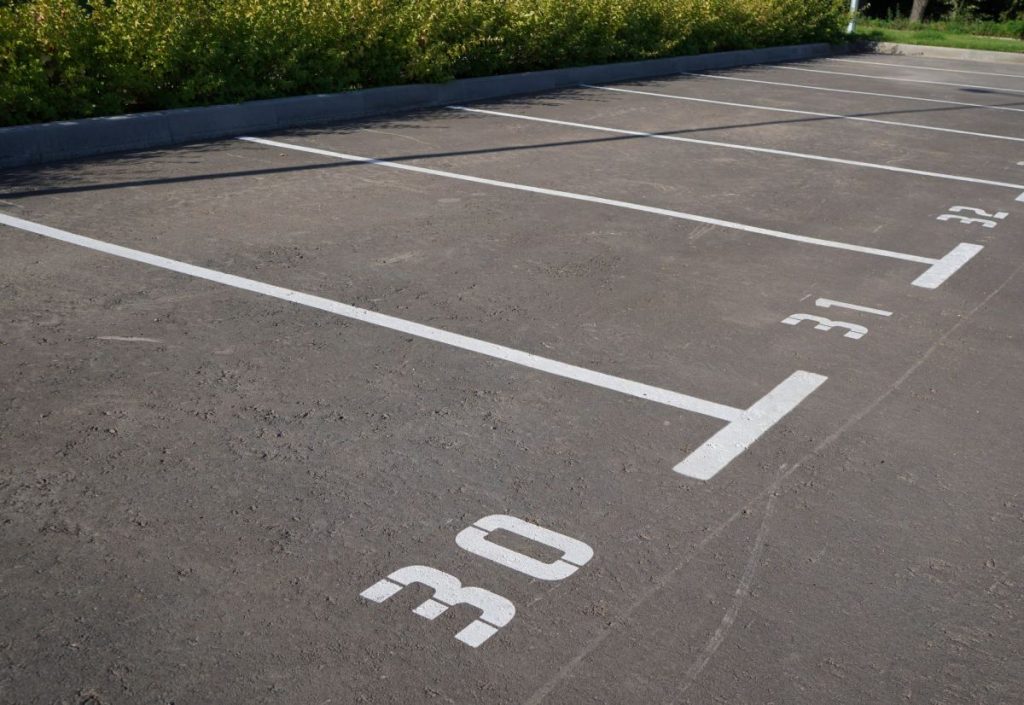Plan for the worst; hope for the best. This is an old adage that has taken shape in various places in the realm of planning. If you have really planned for the worst and given it thought, then the element of surprise is hopefully eliminated. The destructive impact of tornadoes in the Midwest and Texas cannot be understated. Residents of an apartment complex in Virginia Beach were surprised by when a plane crashed into their buildings; thankfully no one was hurt. Other areas of the country are on the verge of another hurricane and wildfire seasons.
Given the close proximity of unit owners in community associations, the impact of natural disasters can sometimes seem to be compounded. We have previously discussed the importance of disaster plans for associations in the July 4, 2011, post The Importance of Disaster Response Plans For Associations Cannot Be Downplayed. What should associations and their representatives include in their disaster plans? The following is a general list of some information that may be helpful, but is not meant to be all encompassing. The particular needs of the association and the unique circumstances of its buildings, property and residents must of course be considered. For instance, an over-55 community may have different safety concerns when thinking about power outages.
Appoint an “Emergency Coordinator.” A current board member could be appointed, and have a chain of alternate members to fill the role in the event the coordinator is unavailable. This coordinator can take the reigns in implementing the plan and dealing with the situation at hand. This individual could also conduct a damage survey with photographs, video, etc.
Appoint someone with authority to contract for emergency repairs. This could be the emergency coordinator. Often following disasters, there will be the need for clean-up and other emergency services. The plan should have a strategy to facilitate temporary repairs and clean-up, in accordance with the association governing documents, and to start repairs as soon as possible.
Emergency telephone numbers. List emergency telephone numbers so they will be readily available when an emergency occurs. Include phone numbers that may be needed after an emergency, such as emergency repair contractors.
Utility outages and equipment failures. Include procedures for dealing with power outages. Elevators are one obstacle in this situation. If the association has an emergency backup generator, its location and operation should be described.
Utility shutoff locations. It is critical to know how to shut off water, gas, and electricity in the community to prevent further damage in the event of a disaster.
Steps to prepare. If the disaster is one where there is advance notice, such as a hurricane, there can be steps residents can take to mitigate damage, such as bringing loose items inside, securing shutters, etc.
Preparing for disasters with a detailed plan can make a difference in minimizing the impact and rebuilding after experiencing a disaster.


